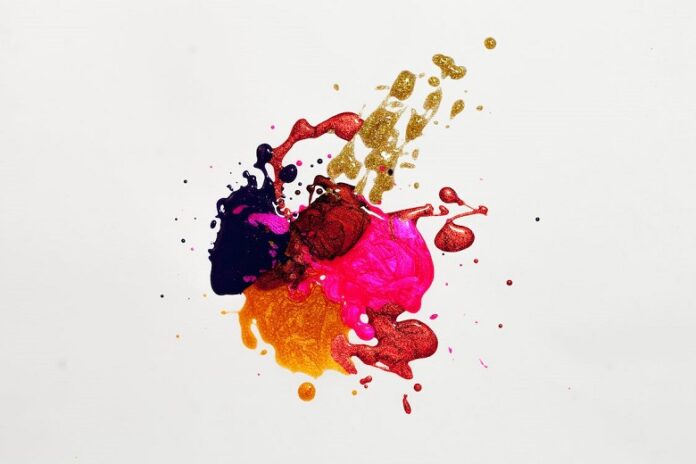Abstract art is a genre of art that encompasses a wide range of styles and forms, characterized by the absence of recognizable objects or images. Instead, abstract art relies on shape, color, and form to express emotions, ideas, and concepts. Since the early 20th century, abstract art has been a popular form of artistic expression, with many artists exploring different styles and techniques within the genre. In this article, we’ll take a closer look at some of the different types of abstract art.
Cubism
Table of Contents
Cubism is a style of abstract art that originated in France in the early 20th century. It is characterized by the use of geometric shapes, overlapping planes, and distorted perspectives to represent the subject matter. Cubist artists sought to break down objects into their basic geometric shapes and represent them from multiple viewpoints. Furthermore, the most famous cubist artists consist of Pablo Picasso as well as Georges Braque.
Surrealism
Surrealism is a style of abstract art that emerged in Europe in the 1920s. It is characterized by the use of dream-like imagery, fantastical elements, and unexpected juxtapositions to express the subconscious mind. Surrealist artists sought to explore the inner workings of the mind, often depicting bizarre, fantastical scenes that were meant to shock and surprise the viewer. Some of the most famous surrealists include Salvador Dali and Rene Magritte.
Abstract Expressionism
Abstract Expressionism is a style of abstract art that emerged in the United States in the 1940s. It is characterized by the use of large, gestural brushstrokes, drips, and splatters to create a sense of energy and emotion. Abstract Expressionist artists sought to express their emotions and ideas through the physical act of painting, often working on large canvases that allowed them to move freely and expressively. Some of the most famous Abstract Expressionist artists include Jackson Pollock, Mark Rothko, and Willem de Kooning.
Minimalism
Minimalism is a style of abstract art that emerged in the United States in the 1960s. It is characterized by the use of simple, geometric forms, often arranged in a repetitive or systematic manner. Minimalist artists sought to reduce art to its most basic elements, often using industrial materials and a limited color palette. Some of the most famous Minimalist artists include Donald Judd, Dan Flavin, and Carl Andre.
Op Art
Op Art, short for optical art, is a style of abstract art that emerged in the 1960s. It is characterized by the use of optical illusions, patterns, and color contrasts to create a sense of movement and depth. Op Art artists sought to challenge the viewer’s perception, often using simple shapes and colors to create complex, dynamic images. Some of the most famous Op Art artists include Bridget Riley and Victor Vasarely.
Neo-Expressionism
Neo-Expressionism is a style of abstract art that emerged in the United States and Europe in the 1980s. It is characterized by the use of bold, expressive brushstrokes, bright colors, and a figurative or narrative element. Neo-Expressionist artists sought to revive the expressive power of painting, often using the medium to explore social and political issues. Some of the most famous Neo-Expressionist artists include Julian Schnabel, Jean-Michel Basquiat, and Anselm Kiefer.











